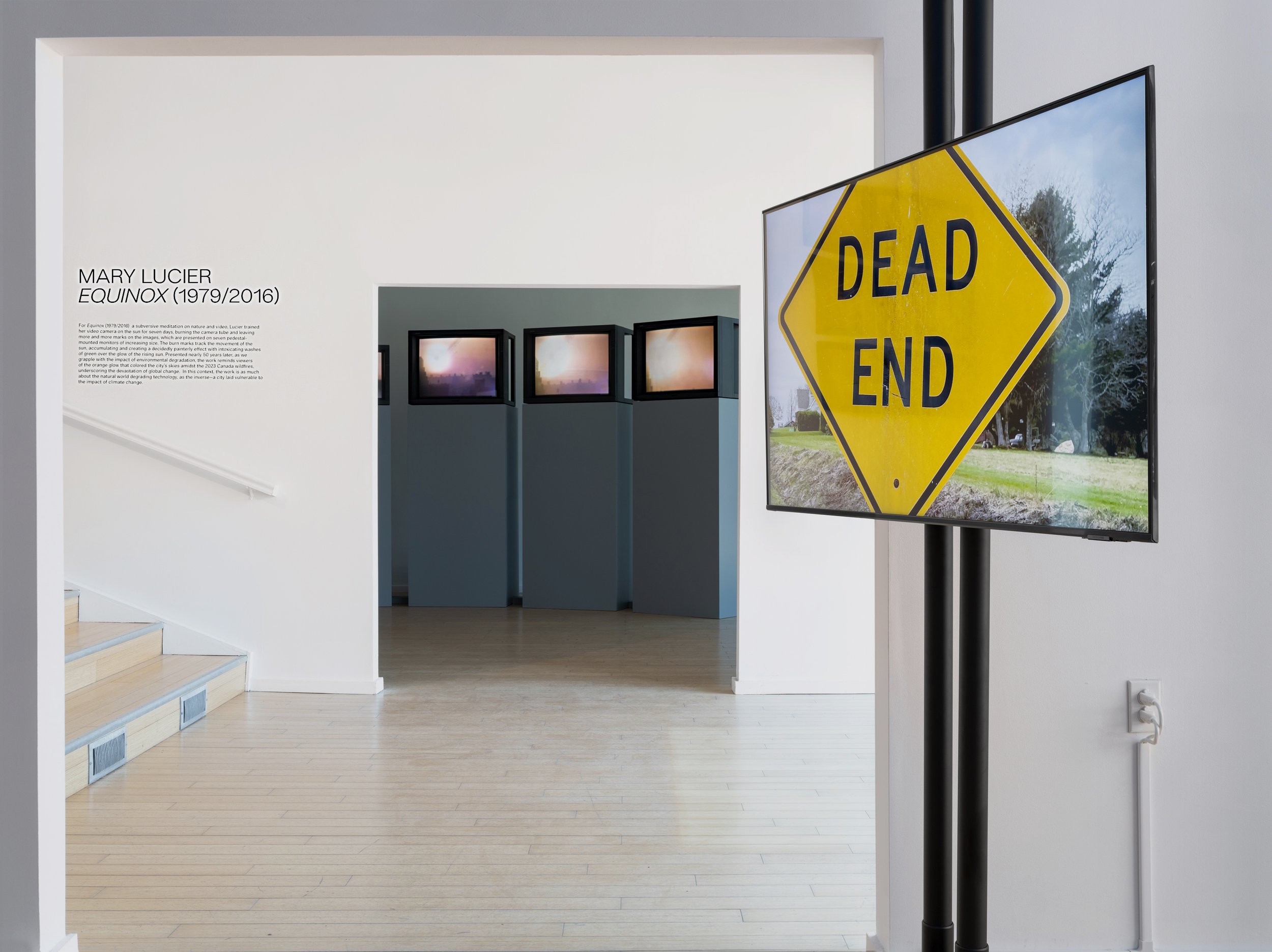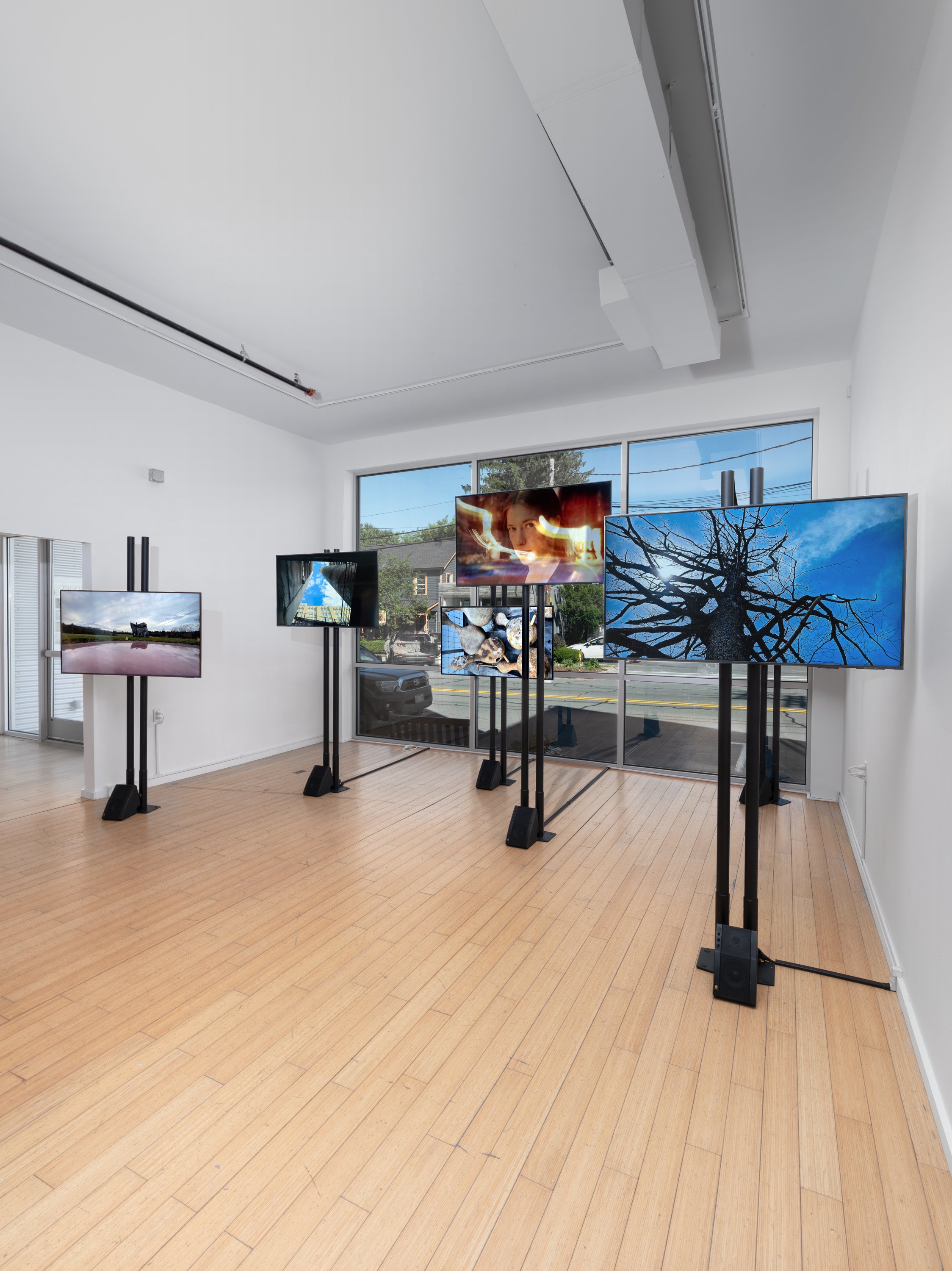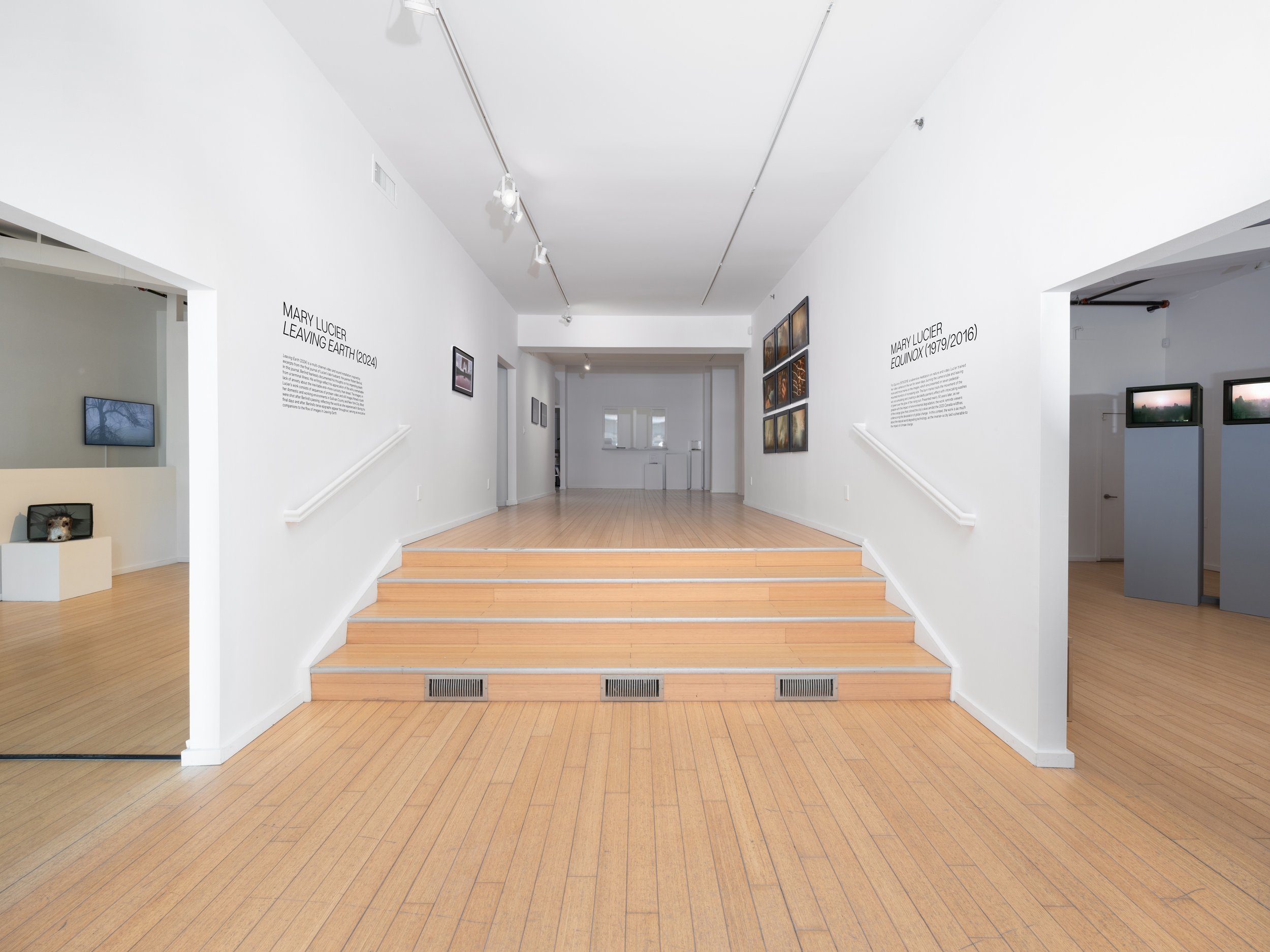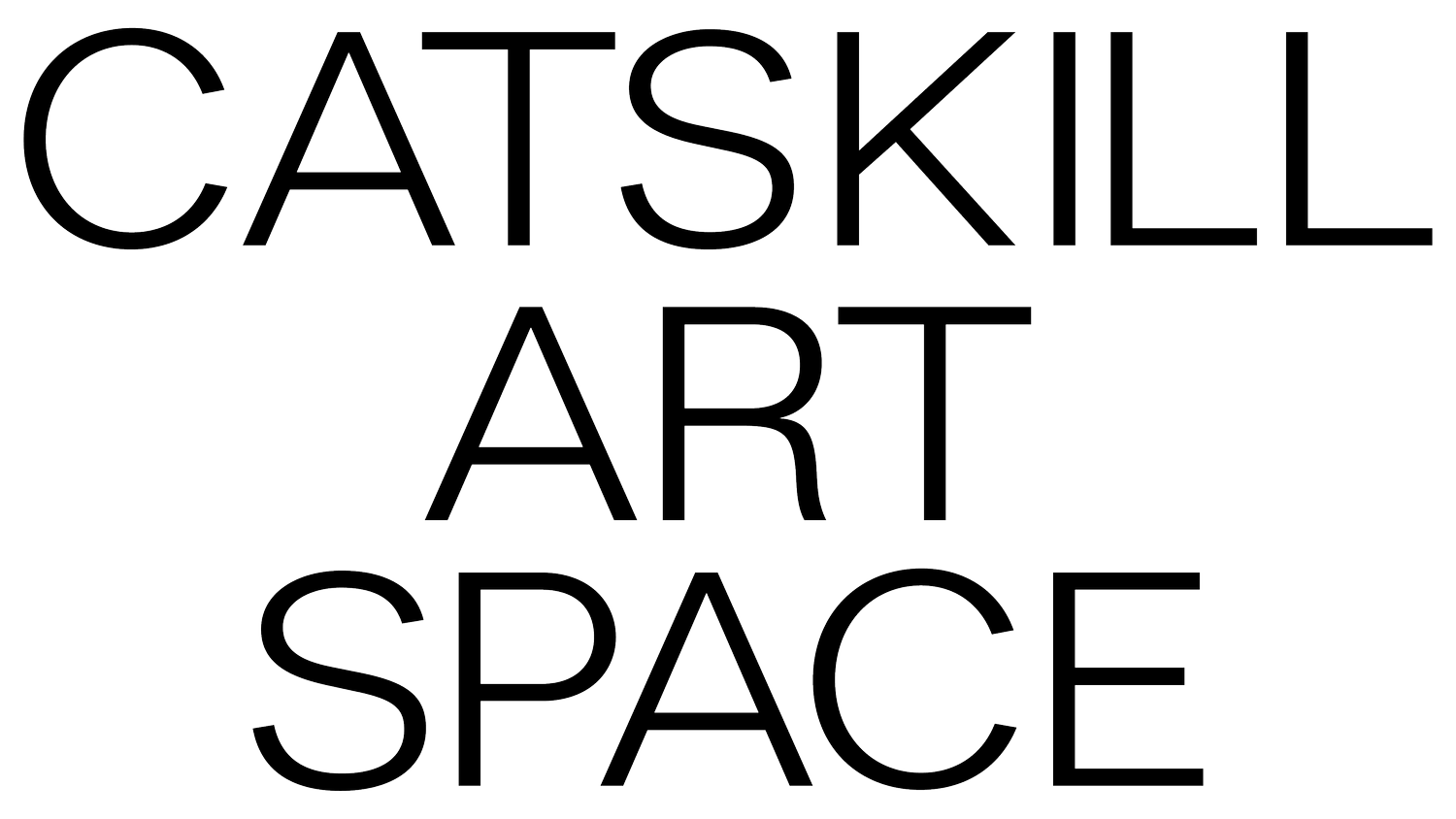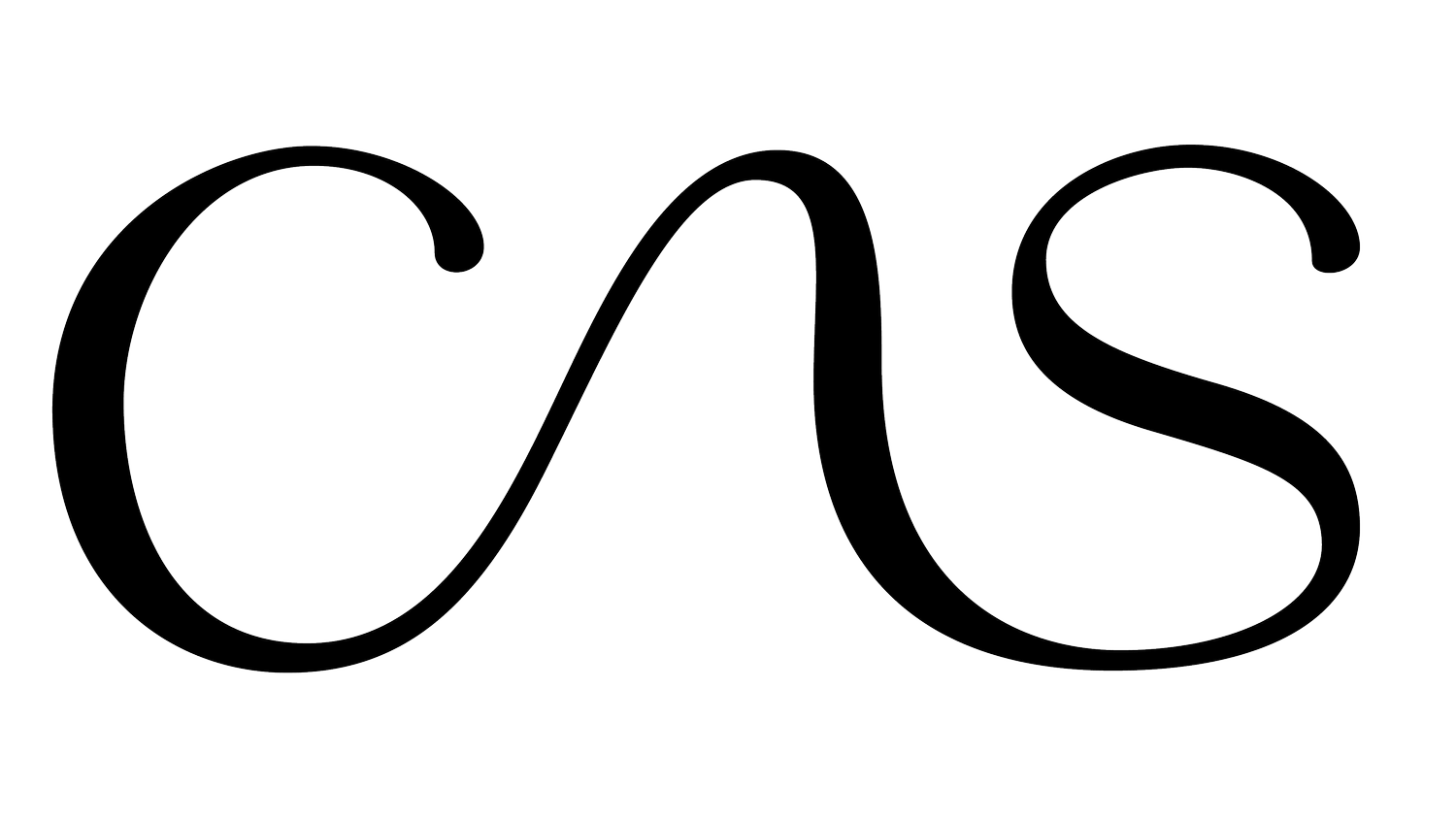mary lucier
June 29 - august 24, 2024
First Floor, Main Street Galleries
Mary Lucier, Leaving Earth, 2024, Nine-channel video and sound installation.
Catskill Art Space (CAS) will present an exhibition of video art and photography from Mary Lucier, the pioneering video artist. Mary Lucier opens on Saturday, June 29, with an artist talk from 3-4pm followed by a reception from 4-5pm; the show remains on view through August 24. The opening will coincide with the release of the eponymous catalog, including new critical text and an interview with the artist from Hearne Pardee and Emily Watlington. Mary Lucier’s wide sweeping exhibition at CAS marks the first time the organization has exhibited video art, an ambitious endeavor for an institution of this size. The presentation is grounded by major historical and new works, tracing the breadth of her career—from her experiments with early video camera technology of the 1970s, to recent installations reflecting on her personal lived experience and loss of her late husband and painter Robert Berlind. Bridging the room-sized installations, is a gallery of still photography from her installation Noah’s Raven (1993), which captures catastrophic phenomena on the landscape and in the lives of individuals and cultures. Together, the exhibition examines the effects of ecological trauma, transformation, and resilience in the natural and artificial worlds.
For Equinox (1979/2016), a subversive meditation on nature and video, Lucier trained her video camera on the sun for twelve consecutive days, burning the camera tube and leaving more and more marks on the images, which are presented on seven pedestal-mounted monitors of increasing size. The burn marks track the movement of the sun, accumulating and creating a decidedly painterly effect with intoxicating washes of green over the glow of the rising sun. Presented nearly 50 years later, as we grapple with the impact of environmental degradation, the work reminds viewers of the orange glow that colored the city’s skies amidst the 2023 Canada wildfires, underscoring the devastation of global change. In this context, the work is as much about the natural world degrading technology, as the inverse—a city laid vulnerable to the impact of climate change.
Leaving Earth (2024) is a multi-channel video and sound installation inspired by excerpts from the final journal of Lucier’s late husband, the painter Robert Berlind. In this journal, Berlind fearlessly documented his thoughts on his impending death from a terminal illness. His writings reflect his appreciation of life with a remarkable lack of anxiety about the inevitable end—more curiosity than dread. The imagery in Lucier’s work consists of sequences of protean video and still images filmed in both her domestic and working environments in Sullivan County and New York City. Most were shot after Berlind’s passing, reflecting the world as she experienced it during his final days and after. Berlind’s terse epigraphs appear throughout, serving as evocative companions to the flow of images in Leaving Earth.
pictures already formed
more remembrance than presence.
Lucier describes this nine-channel installation as one where "words, pictures, and sound become interchangeable, not serving as descriptions but as a rumination on reality and a form of coping." Unlike much of Lucier’s earlier work, it does not follow a synchronous and sequential internal structure, instead allowing for random juxtapositions, repetitive thoughts, and the possibility of chaos to occur, reflecting the potential disarray in the dying man's mind. The pictorial narrative in Leaving Earth is underscored by Berlind's description of his mental state:
a succession of discontinuous moments occur
then disappear
without the elemental structure of sequence
And yet . . . I forget to fear death
About the Artists
Mary Lucier(b. 1944, Bucyrus, OH) has been noted for her contributions to the form of multi-monitor, multi-channel video installation since the early 1970s. Her work prior to her introduction to video was largely concerned with manipulation of the black and white image through a graphic performative process. She also produced several live performances with the feminist video collective Red White Yellow and Black (along with Shigeko Kubota, Cecilia Sandoval and Charlotte Warren) at the original Kitchen in 1972 and '73.
Lucier's video installations have been shown in major museums and galleries around the world. Many now reside in important collections, including the Whitney Museum of American Art, NY; the Museum of Modern Art, NY; the Reina Sofia, Madrid; the Stedelijk Museum, Amsterdam; the San Francisco Museum of Modern Art; ZKM, Karlsruhe, Germany; the Milwaukee Art Museum; the Columbus Museum of Art, OH; and the National Academy of Design, NY, among others. She has also produced a significant body of single-channel works which have been screened in museums and festivals world-wide. From the austere black and white experiments of the 1970's to recent studies of Japanese Buddhist ceremonies and Dakota Sioux dances, these works acknowledge the influence of both Avant Garde and documentary practices in American art and cinema.
Lucier has been the recipient of many awards and fellowships, including the National Endowment for the Arts, the John Simon Guggenheim Memorial Foundation, the Rockefeller Foundation, Creative Capital, Anonymous Was a Woman, the Nancy Graves Foundation, USA Artists, the American Film Institute, the Jerome Foundation, the New York State council on the Arts, and the Japan-US Friendship Commission. Her teaching appointments have included the Distinguished Visiting Professor in Art and Art History at UC Davis; Skowhegan School of Painting and Sculpture; adjunct professor in the department of VES at Harvard University; and Visiting Professor in Video Art at University of Wisconsin, Milwaukee, among others. She lives and works in New York City and Cochecton, NY, where she has established a studio and archive for video art.

